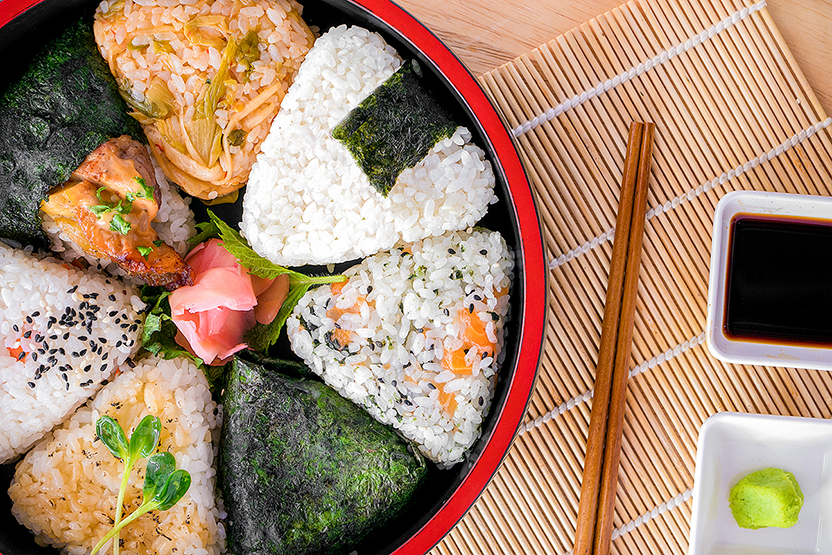With its aesthetic of beautifully presented food and the use of fresh, high-quality seasonal ingredients, it’s no wonder that Japan’s cuisine is so delicious and loved by people around the world. Sushi is one dish that has won hearts globally, but Japan has so much more to offer when it comes to food.
Even within each city, local specialties abound with each place offering its own variations of classic Japanese plates. The country’s affluence of Michelin-starred restaurants is a testament to this culinary prestige, placing it among the best cuisines in the world. Spending time in Japan without trying traditional Japanese food is like walking through the Louvre with a blindfold on.
Onigiri
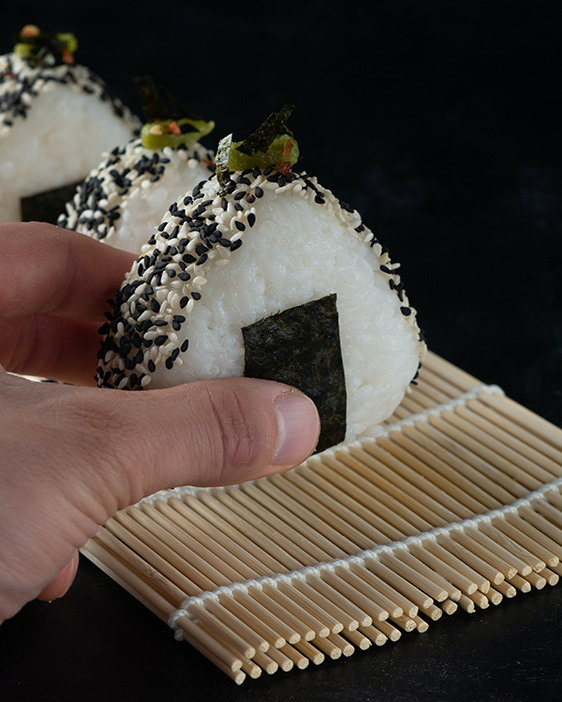
Onigiri or rice balls are a quick and easy food that is popular among people to grab n’ go. Onigiris are balls of rice with a type of filling usually in the centre. There are so many different possibilities for the filling like pickled plums, pickled leaf mustard, seaweed, kelp for vegetarians and tuna, dried bonito, grilled salmon for non-vegetarians are ready-to-eat. They can be found in many different palaces including convenience stores, and are pretty consistent in their taste. Because it is a quick and easy lunch meal, it is one of the most popular Japanese foods among both locals and travellers.
Miso Soup
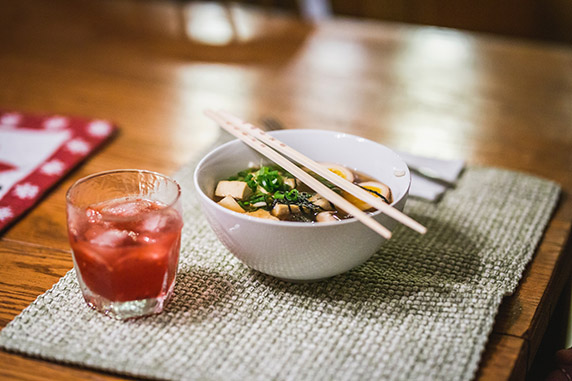
The soup is another famous Japanese food, renowned for its great taste and health benefits. This soup is conventionally drunk accompanied by other side and main dishes. A traditional Japanese diet generally includes drinking miso soup daily. Miso soup is made simply, with miso, fermenting soybeans with salt, which has a flavourful taste full of depth, added to Japanese dashi (conventionally bonito or kelp). There are hundreds of regional varieties of miso soup, from simple soups with just seaweed and tofu to ones with crab and a variety of vegetables. This hot and delicious soup is a must-try for sure.
The Bento Box
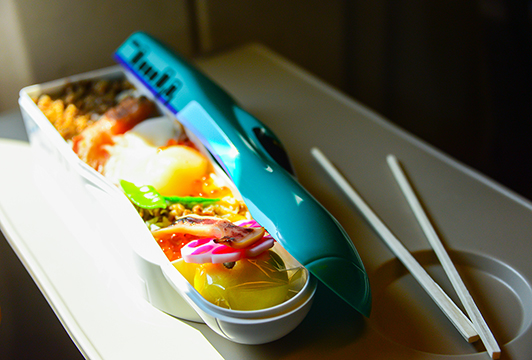
The bento box is nothing but a boxed meal. It’s made up of rice, fish with pickled vegetables, and a selection of eggs (boiled, fried, scrambled, or omelette), vegetables (pickled or boiled), meat (grilled or fried). Shinkansen E7 Kei Bento yet another famous bento box is Ekiben, shaped like a Shinkansen bullet train and comes in a special decorative Bento box that can be kept as a souvenir and reused. This particular example is a simple and classic Ekiben of Onigiri rice balls and pickled radish – just like in the old days, but with a contemporary Shinkansen-shaped twist. The presentation of a dish is a big deal for the Japanese, so part of the challenge of making a Bento box is to make it look so good that you feel hungry on the spot. Calling Bento box, the Indian Thali won’t be wrong. There are vegetarian options available as well.
Okonomiyaki
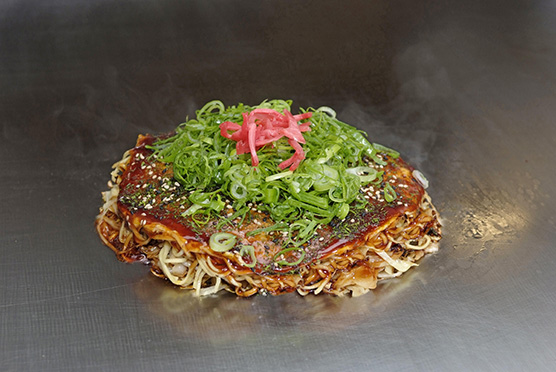
Okonomiyaki, which starts as a savory pancake made of thinly chopped cabbage mixed with flour, egg and a bit of dashi broth, can then be topped with meat or seafood and a variety of other toppings to create one of the most comforting foods in all of Japan. Oysters are also a must try when in Hiroshima. It can be vegetarian Okonomiyaki. Due to its popularity throughout Japan as well as its relative accessibility, this makes it a popular dish for tourists to try as well.
Tempura
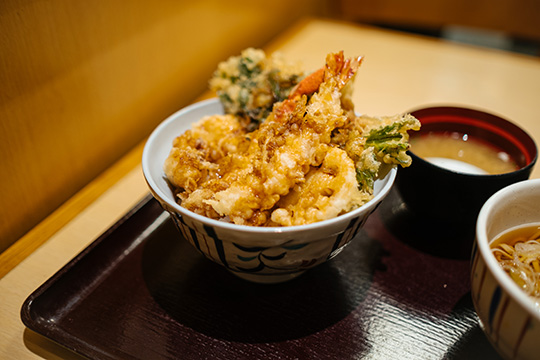
Tempura is a Japanese cooking method that involves deep-frying seafood or vegetables coated in a light batter made with cold water and soft cake flour. The batter is lightly mixed and kept cold with lumps to create a crisp and fluffy texture when fried. This will remind you of India in Japan, as its very close to our very own bhajiyas. Most tempura is cooked for just a few seconds before being served with grated daikon radish and a dipping sauce, most often tentsuyu which is made with dashi (soup stock), mirin (rice wine), and shoyu (soy sauce). Alternatively, it can be sprinkled with sea salt or mixtures of powdered green tea, salt, and yuzu before eating. You can add ginger or grated radish to your liking for a more refreshing taste.
Kaiseki
Part dinner, part work of art, kaiseki is Japan’s haute cuisine. It originated centuries ago alongside the tea ceremony in Kyoto (and Kyoto remains the home of kaiseki). Only fresh ingredients are used and each dish is designed to evoke the current season.
Are your mouths watering yet? Go on and start making a bucket list, especially for traditional Japanese dishes before your next trip to Japan.
Disclaimer: The article is authored by Japan National Tourism Organization. The views and opinions expressed in this article are those of the author’s and do not represent those of PEAKLIFE.

